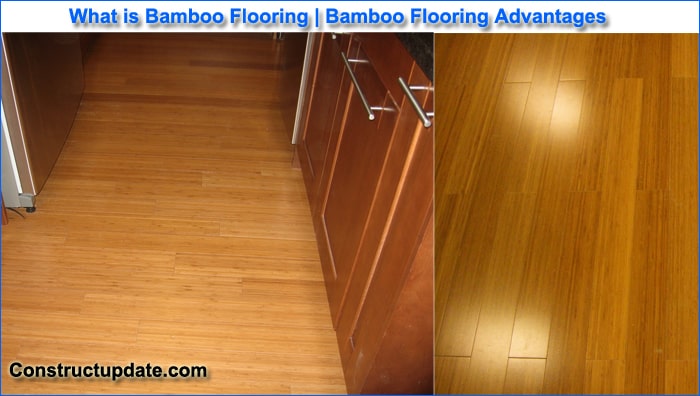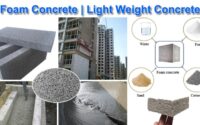What is Bamboo Flooring | Bamboo Flooring Advantages and Disadvantages?
Bamboo Flooring:
Bamboo flooring is becoming a popular alternative to traditional hardwood flooring since it has similar material properties to hardwood but is more robust, eco-friendly, and long-lasting.
Bamboo is a grass native to China that is clipped into stripes or strands, dried, and machined into flooring boards. It is not wood.
It comes in an endless variety of shapes, colours, and finishes, and because it is dimensionally stable, it may flow over an underlay, be used with underfloor heating, and be used in regions where humidity and temperature fluctuate dramatically.
Bamboo floors are becoming more popular as more homes seek greener alternatives to traditional hardwood floors. One of the wonders of bamboo flooring is how quickly the plant can regenerate.

Bamboo Flooring Advantages:
Bamboo is a fantastic flooring option. To begin with, it is becoming increasingly popular due to its environmentally beneficial features. It’s a fast-growing grass that takes a quarter as long to mature as hardwood trees. It is also less expensive than hardwood because of this. Bamboo is both environmentally beneficial and long-lasting.
Strand woven bamboo is a good option if you want a long-lasting and hard-wearing floor. It is more than twice as hard as Oak flooring, making it perfect for high-traffic areas and commercial buildings.
Bamboo flooring is incredibly adaptable. It can be laid over practically any subfloor and used in almost every room of the house. Bamboo has a dimensional stability that allows it to be used in spaces with changing temperatures. Some are also suitable for use with underfloor heating. It is simple to set up. You have the option of floating it over an underlay or nailing or glueing it to the flooring.
There are several options to consider when it comes to bamboo flooring. Colors, styles, grain patterns, surface finishes, and board sizes are all available. If you want something different, you can even locate bamboo parquet block flooring. Matching flooring accessories, such as skirting, beading, door bars, and pipe covers, can be used to accent your bamboo floor.
Finally, bamboo flooring is hygienic, simple to maintain, and ideal for allergy sufferers. There is nowhere for pet hair or other allergens to hide if you follow a daily cleaning regimen of brushing away dust and filth. More ideas and guidance can be found in our Care and Maintenance Guide.
Following are some disadvantages of Bamboo Flooring
Despite being water-resistant, bamboo flooring is not waterproof. Bamboo flooring should never be used outside, in a bathroom, or in any other wet place. Because bamboo is a natural substance, it will absorb any extra water or liquid that comes into contact with it, so make sure your subfloor is totally dry before installing it. Any spills or water mishaps on the surface of your bamboo should be cleaned up right away.
Although bamboo is famed for its strength and durability, it is not unbreakable! Although it is a durable floor covering, if it is not properly cared for, scratches and dents may appear. Make sure that the bottoms of your furniture are protected with felt protective pads. When moving big things or furniture, you need also be cautious. Never drag items over the floor; instead, carefully lift and position them.





